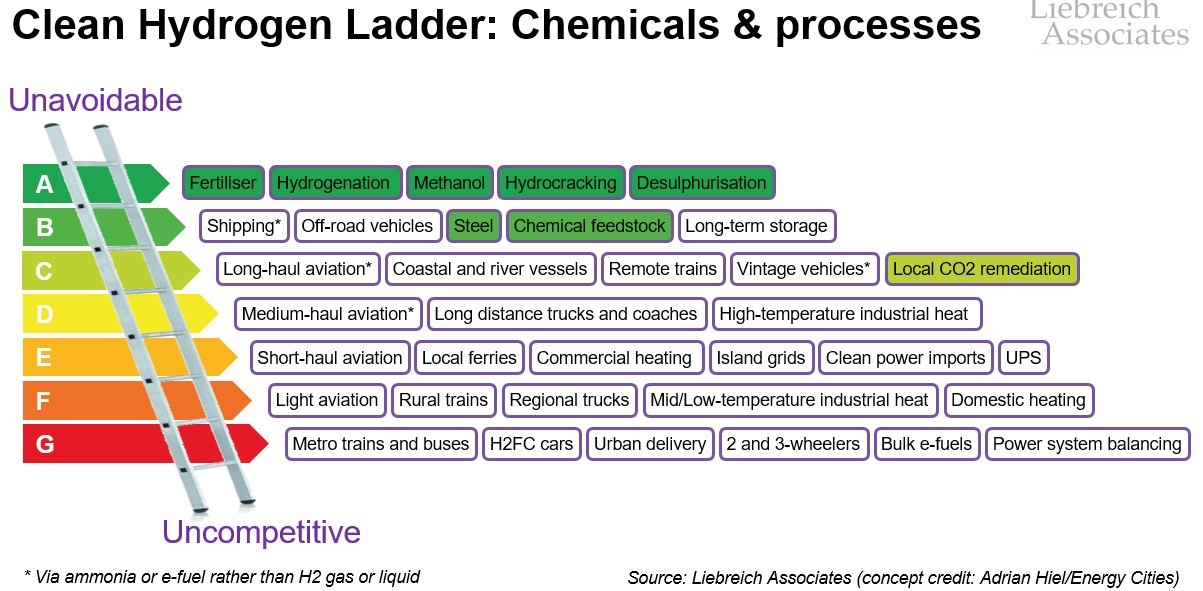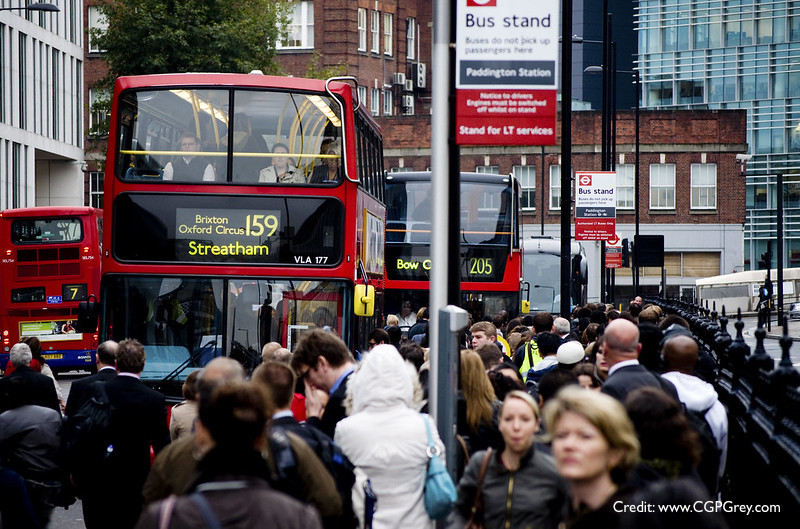Most Dangerous Road in the World – Yungas Road, Bolivia
The Royal Humane Society [www.royalhumanesociety.org.uk] was originally formed by a group of London doctors in 1774 to honour lifesavers and those who have risked their own safety in rescue incidents. In 2004 I was among a group of climbers commended by the Society for our attempted mountain rescue – sadly unsuccessful – of an injured mountain biker in Bolivia the previous summer. Dr Katherine Henderson, Jeremy Hart and Gregory Guida were awarded the RHS’s Bronze Medal, one of the society’s highest honours for individuals who take significant personal risk during a rescue.
The following article first appeared in the Sunday Independent in May 2004.
 |
| Helping hands: the rescue team work frantically to save the life of a mountain biker who has fallen into the valley below Bolivia’s Yungas Road. Since work on the road finished in 1935, as many as 200 people have died annual in accidents. Despite this, the road continues to draw large numbers of enthusiasts on walking and biking trips.
|
Bolivia’s Yungas Road is officially the most hazardous on earth. Local people pray before using it and the nearest hospital is a two-hour drive away. But none of this deters foreign tourists from biking down it at speeds up to 40 mph. And, as I discovered, cheap thrills in risky environments can come at a price.
You can’t walk 100 yards down the main street of any travellers’ town on this lonely planet without being offered a selection of adrenalin-enhanced adventures. A river nearby? We provide inner tubes. Mountains? Touch your own personal void. Now I’m all for getting the heart racing on holiday but my opinion of what is an appropriate adventure activity and of what constitutes an acceptable risk changed dramatically one day last summer.
It started with a flyer in the lobby of our hotel in La Paz: “Mountain-bike the most dangerous road in the world,” it said. “A spectacular 38-mile ride, descending more than 11,800ft from the Andean mountains into the Amazonian jungle”. To a group of climbers with a spare day before our departure from Bolivia, it sounded the perfect way to end our trip.
 |
| Beautiful and damned, the Yungas Road, labelled ‘The Most Dangerous Road in the World’ by the Inter-American Development Bank in 1995. From the cross-roads at Unduavi, between Coroico and La Paz.
|
The Yungas road was built by prisoners during Bolivia’s 1932-35 war with Paraguay. For many years it was the only route linking northern Bolivia to the capital. Our tour would start in the mountains above La Paz before taking a dirt road down into the Amazon basin. Early that morning, a fleet of jeeps, mountain bikes on their roofs, whisked us to the start of the ride and, with safety briefing done, we set off. The bikes were in good condition, helmets and reflective vests were provided, and the tour leader seemed professional. What could go wrong?
The first 20 kilometers were asphalt and, at speeds approaching 40mph, we barrelled along, jockeying to get to the front of the pack, all laughter and wind-squeezed tears. At a place called Unduavi, though, the road splits. We stopped to survey our route, a muddy track slicing across the jungle gorge. In places it was no more than 10 feet wide, and waterfalls cascaded either onto the road or directly into the void below, a drop of 500 metres. And not a safety barrier in sight.
You drive on the right in Bolivia – except on the Yungas road. Here, when vehicles pass, drivers hang out of their cabs to edge closer to the cliff, or closer to the abyss. Before setting out, they pour libations of beer onto the ground to pacify Pachamama, the earth deity, and feed the stray dogs, supposedly the souls of dead drivers petitioning for safe passage. Their petitions are not always heard.
In 1994, 26 vehicles went over the edge – an average of one every two weeks. In 1995, the Inter-American Development Bank listed the road as the most dangerous on earth. The new road circumvents the worst sections but hundreds of vehicles use the old dirt track as a short cut. In each year since it was built, up to 200 people have died on this highway: coca-growers, soldiers – and the odd tourist.
Bouncing in the ruts, riding our rear brakes hard, we started to pass shrines – names, dates and fading flowers. On 24 July 1983, Carlos Pizarroso Inde drove his bus over the edge, killing more than 100 passengers in Bolivia’s worst ever road accident. All pleasure in our ride evaporated. This was no place for mountain biking and I was ashamed to be there in my reflective vest.
And then, to underline the point, around the next corner we came across chaos. Thirty mountain bikers were milling around, seemingly in shock; half-a-dozen support jeeps had stopped, a traffic jam was building and people were scrambling around in the vegetation below. As we rode, we had been following another group of bikers, catching sight of them occasionally around corners. Pulling over to let a truck inch past, one of them, a French rider, had reversed her bike to the edge of a lay-by, failing to notice a hole in the undergrowth behind her, Silently, she had toppled backwards and disappeared. She was now lying, badly injured, somewhere below.
 |
| The accident scene as we found it, mountain bikers and support vehicles blocking the road.
|
My climbing buddy, Dr Katherine Henderson, an Accident and Emergency consultant, immediately offered her help. She prepared to be lowered down a dodgy-looking rope to the injured woman Our strongest climber, Jeremy Hart, had some mountain rescue experience and volunteered to accompany Katherine.
The woman had fallen 50 metres, and it was impossible to reach her from directly above, but it was possible to scramble down a nearby gully. Jeremy lowered Katherine out of sight. I would not see her again for several hours as she battled to keep the woman alive, with only a half-empty first aid kit by way of medical equipment. Another group member, Gregory Guida, dropped into the gully to support them.
At road level, the chaos continued. The tour guides had immediately dived into the jungle to look for the injured woman and nobody was sure whether an ambulance had been called. The victim’s friend began to bellow her companion’s name as local appeared from the forest to enjoy the commotion. Instructions from below were drowned out by shouting spectators and hooting from frustrated drivers.
A huge truck, rumbling uphill, disappeared with a huge bang into a cloud of dust – two threadbare tyres blown. Despite entreaties from the crowd, the driver pulled in to the edge of the deadly lay-by, and began to change tyres, showering stones onto the rescuers below. Three policemen showed up, chewing coca leaves, peered into the abyss, and sauntered off nonchalantly.
Someone had to take charge, but the drivers of our support vehicles seemed surprised when I asked for their radios, which were delivered to Katherine and Jeremy. Within minutes, the radios crackled into life: the injured woman was semi-conscious, but very badly injured. Could we send down water and warm clothing?
Despite the Yungas Road’s appalling accident toll, no ambulance crew is stationed closer than La Paz, two-hours drive away. Toby, an American woman, called on her mobile phone to see if an ambulance was on its way, but couldn’t get a straight answer. I told the team we couldn’t wait for outside help. From the jeeps we collected equipment – lengths of rope, a picnic table to use as a backboard – and sent it down into the gully.
Rolling the woman onto the backboard seemed to take forever – it was probably under an hour. A driver volunteered the smallest jeep to take the injured woman back to La Paz but there was no place to lay her down. He shrugged: why can’t she just sit on a seat?. “Take the seats out without our boss’s permission? We couldn’t possibly.” Then, from up the valley, a miraculous sight: an ambulance. Incredibly, the driver was on his way home and using the Yungas Road as a short cut. Toby and I blocked his path and, after a pretend call to his boss, persuaded him to take the injured woman to La Paz. We checked the ambulance for medical supplies but found nothing of any use.
Finally, word came that lifting could begin, and under Jeremy’s command, the backboard and its precious cargo inched upwards. When the cradle appeared, the severity of the woman’s injuries were apparent in her face, drained of all colour. And then, panicked shouts: “She’s stopped breathing!” Amid it all, only Jeremy remained calm.
Exhausted, the rescue crew lifted the woman clear of the cliff and Katherine was hauled back up to her patient’s side. For ten minutes, she and two nurses, members of another biking group, administered cardiopulmonary resuscitation (CPR), before finally admitting defeat and declaring the woman dead.
The aftermath was painful. Toby accompanied the body to La Paz, while we looked after the woman’s friend and wrote statements. Although drained physically and mentally, each of us wondered what we could have done differently. Katherine reassured us: if, within minutes of falling, the woman had been airlifted to a major hospital, she might have stood a chance. In Bolivia, her odds were long.
So where does the experience leave me? Will I, in future, avoid any activity with an element of risk? Probably not. I’m a former member of the British Olympic Ski Team and have climbed some of the highest peaks in the world. I also know how important foreign currency is to the economies of developing countries. Adrenalin will remain my drug of choice, but the next time I’m offered adventure, I will ask myself two questions: Is it respectful of the local community? And is the level of risk acceptable?
Mountain-biking the Yungas Road fails both tests. It is entirely unacceptable for groups of wealthy tourists to treat a road with such a terrible death toll as a recreational experience. Some locals have no choice but to take it – the last thing they need is to be overtaken by whooping mountain-bikers
As for risk, the accident that day was the result of one person’s tragic lapse in concentration. But cycling on a road where, if you shear a pedal-spindle you are more likely to die than to live, represents a risk I’m not prepared to take. Next time I’m walking through an exotic tourist town perusing heart-stopping adventures on the cheap, if the dangers are unacceptable, I’ll just walk on by.
Terms of use: photos and other media may be used exclusively for the purpose of publicising an upcoming or past event involving Michael Liebreich, or to illustrate an article written by him. Their use must be accompanied by a clear indication of copyright in the following form:
© Liebreich Associates/name of photographer. Photos or other media downloaded in this way remain the property of Liebreich Associates Ltd. Any infringement of these terms of use may result in legal action by Liebreich Associates Ltd or by the respective photographer or rights holder.





